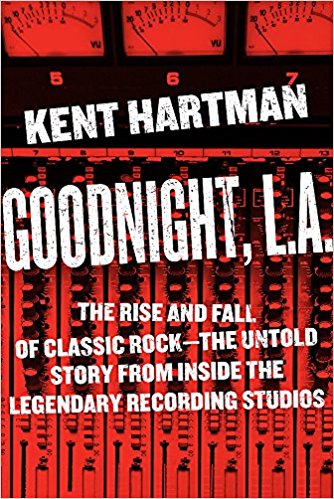 Each of its chapters ends like a thriller, with cliffhangers worthy of a John Grisham bestseller. But author Kent Hartman’s Goodnight, L.A.: The Rise and Fall of Classic Rock—The Untold Story From Inside the Legendary Recording Studios isn’t a novel. The 2017 book focuses on the remarkable music that was being made in Los Angeles during the 1970s (and well into the ’80s), taking readers behind the scenes in extraordinary detail. Thanks to Hartman’s interviews with scores of artists, producers and execs, he uncovers the often shocking tales about albums you’ve heard literally hundreds of times.
Each of its chapters ends like a thriller, with cliffhangers worthy of a John Grisham bestseller. But author Kent Hartman’s Goodnight, L.A.: The Rise and Fall of Classic Rock—The Untold Story From Inside the Legendary Recording Studios isn’t a novel. The 2017 book focuses on the remarkable music that was being made in Los Angeles during the 1970s (and well into the ’80s), taking readers behind the scenes in extraordinary detail. Thanks to Hartman’s interviews with scores of artists, producers and execs, he uncovers the often shocking tales about albums you’ve heard literally hundreds of times.
Hartman chose two somewhat unlikely players—rock producer Keith Olsen and the prolific session guitarist, producer and songwriter Waddy Wachtel—to offer readers “as good a glimpse as to what was happening in the LA music scene,” he says of the era. And his hours of interviews with the pair and other key players shed new light on some of the biggest albums of the classic rock era from such stars as Fleetwood Mac, Chicago, Santana, Tom Petty & the Heartbreakers, Eagles, REO Speedwagon and more.
“I felt it was too easy and too cliché to simply pick a few stars,” Hartman tells Best Classic Bands. “There is an ‘Everyman’ quality to Waddy and Keith, who were stars without people knowing it.” The pair’s parallel careers on the classic rock timeline suited the book’s flow. “Waddy’s insights were the gift that kept on giving,” he says.
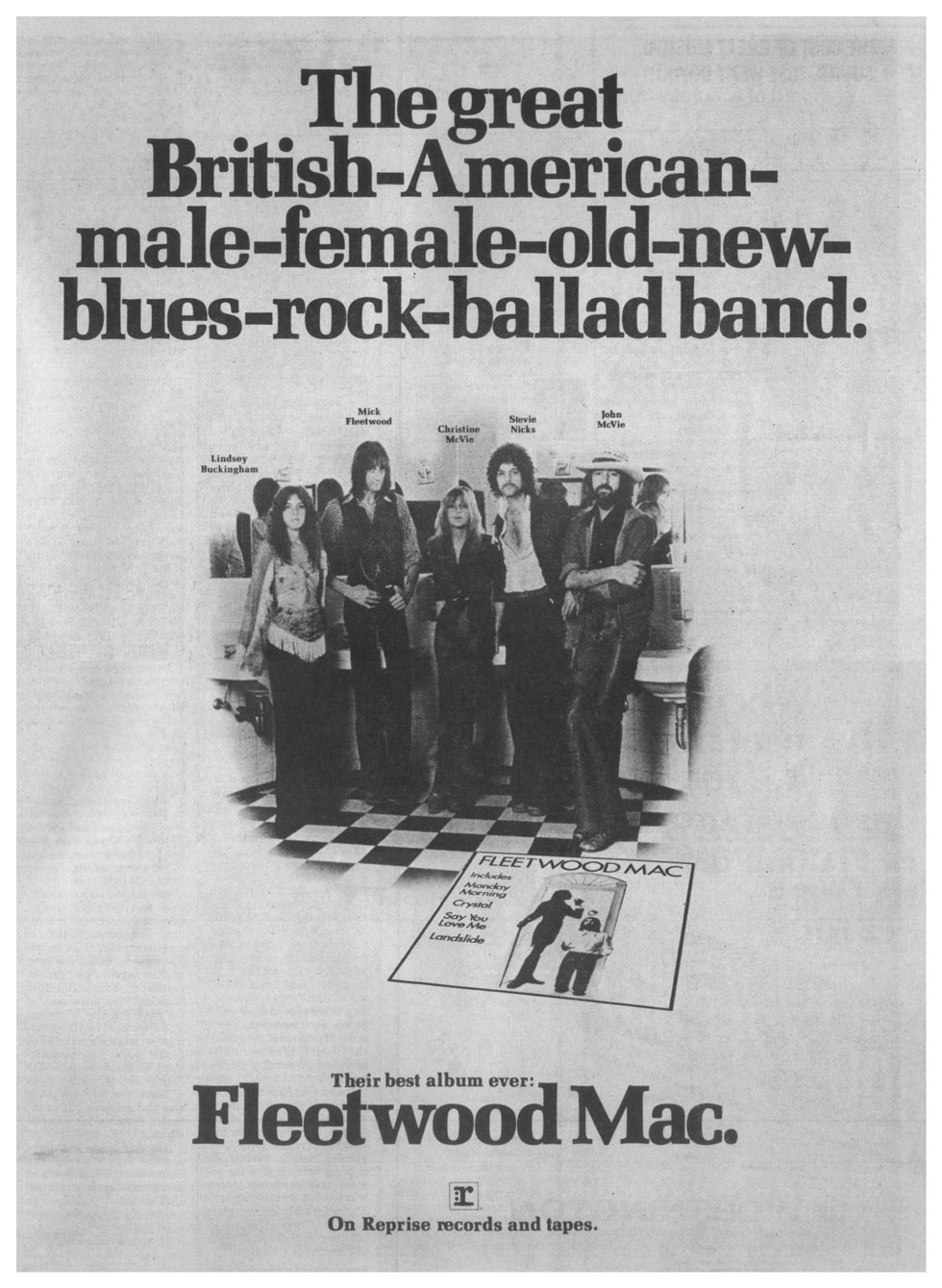
The lineup was so new, even their U.S. label didn’t know who was who!
Of the many surprises in Goodnight, L.A. (Da Capo Press), perhaps none tops that of Olsen’s success with Fleetwood Mac on their 1975 self-titled album, the one that marked Stevie Nicks’ and Lindsey Buckingham’s band debut.
Hartman goes into fly-on-the-wall style to describe the recording sessions: “After the basic instrumental tracking had been completed, it came time to add the vocals. Between Nicks’ unique vibrato and innate storytelling ability, Buckingham’s three-octave-plus range and lead-singer-like instincts, and Christine McVie’s languid, breathy style, Olsen could not have been more pleased. To have one good singer on an album project was a relief, to have two was a welcomed rarity, but to have three pro-quality vocalists—and songwriters–all in one band was nothing short of a bonanza.”
Olsen served as the album’s co-producer with the band, and as its engineer. “Fleetwood Mac was maybe the best thing he had ever heard,” writes Hartman. In 1976, “almost fifteen months after its release, the LP made it all the way to the number-one spot on the Billboard Top 200.”
While that should have cemented Olsen’s status with the band, events proved otherwise. On the very day the album hit #1, Olsen’s mail included a check for $5,000 from the band. Olsen was a profit participant on the album, but this wasn’t a bonus. Says Hartman: “It was a buyout, written on the back of the check in fine print.” The precise language, as noted in Goodnight, L.A.: “Endorsement of this check relinquishes all rights and privileges for Reprise album number K54043.” Hartman had never heard that story before. “It stunned Olsen,” he says. “Here’s $5,000, now go away.” Olsen filed a seven-figure lawsuit and ultimately reached an out-of-court settlement.
Hartman devotes many pages to Chicago, who recorded some of their classic second album at Columbia Records’ Studio A in Hollywood. Guitarist Terry Kath “was crazy good,” he tells Best Classic Bands. “The other guys that he thought were on his level were [singer and keyboardist] Robert Lamm and [songwriter and trombonist] James Pankow. Pankow was so underrated. I was a hardcore Chicago fan and I had no idea how talented he was.”
The band had three excellent lead singers: Kath, Lamm and bass guitarist Peter Cetera. Hartman asked Pankow how he decided who would sing each of his songs. “He had a sing-off!” Hartman says. Pankow knew Kath was his choice for “Colour My World.” As he writes in Goodnight, L.A., Pankow “opted to go with the husky-voiced, preternaturally soulful Kath. The instant Kath opened his mouth in the recording studio and began to croon the words, ‘As time goes on…’ Pankow felt himself get goose bumps.” Though the song was never released as an A-side of a single, it became a favorite slow dance number for years.
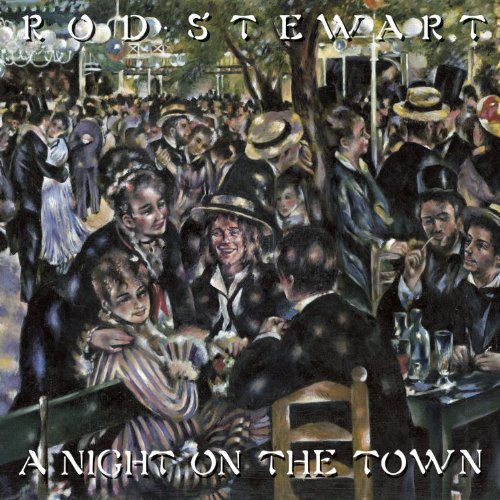
One of the many collaborations between Rod Stewart and album cover designer John Kosh
Hartman’s description of the collaboration between Rod Stewart and graphic artist John Kosh (whose credits include Abbey Road and the Eagles’ Hotel California) for a series of album covers, adds comic relief to the book. “[Kosh] received a phone call… from Stewart, who wanted to hire his services once more. Stewart explained his idea about stocking his swimming pool with a bevy of beautiful blondes (himself in the middle) as the basis for his new album,” 1978’s Blondes Have More Fun. Shortly thereafter, Stewart switched to a different idea. “I won’t do it,” said Kosh. “Stewart came unglued… and reared back to throw what seemed to be a roundhouse punch straight at Kosh’s face. A hand came out of nowhere and stopped Stewart’s fast-moving arm cold. A world-renowned music producer… had managed to restrain the livid, out-of-control Stewart.”
Related: Our interview with Kosh on his iconic images
Since the early ’70s, Wachtel had developed into a much-in-demand session- and touring-musician for such A-listers as Linda Ronstadt, Carole King and James Taylor. He also produced Warren Zevon’s Excitable Boy with Jackson Browne. Hartman describes how the album’s “Werewolves of London” came together. Wachtel asked his friend Leroy Marinell to “‘play that guitar figure you’ve been fooling around with for the past year.’ As Marinell did so… Wachtel began making up words. ‘I saw a werewolf with a Chinese menu in his hand, walking through the streets of Soho in the rain.’ Zevon loved it. ‘Really? Well, there’s your first verse.'”
In 1977, while the album was in production, Wachtel felt “the song continued to come up short.” A friend suggested Mick Fleetwood and John McVee who “knew precisely how to provide a song with a simple-yet-powerful foundation that allowed the… voices to stand out.” The pair came on board for a session that lasted 12 hours. “I think we’re done,” Wachtel said at 5 a.m. “We’re never done, Waddy,” said Fleetwood.
Related: Our Album Rewind of Excitable Boy
And fear not for Olsen. Following that “divorce” with Fleetwood Mac, his production career blossomed and he oversaw huge projects for a diverse list of superstars including the Grateful Dead, Santana, Ozzy Osbourne, Foreigner, Pat Benatar and Rick Springfield, among many others. “I admire him and his accomplishments more than anyone I’ve ever met in the music business,” Hartman says. [Olsen died in 2020.]
Goodnight, L.A. includes compelling insider stories on the Don Felder-Eagles rift (“Glenn Frey cast a big shadow,” says Hartman, “and Don was amazingly forthcoming with me”), Ronstadt (“She felt her singing in the ’70s wasn’t very good and that she didn’t hit her stride until Pirates of Penzance and [her standards albums with] Nelson Riddle,” he tells us), Tom Petty (“the last real rock star”), Boston, Loggins and Messina, and plenty of others.
Of the music business in general and those wild times in L.A. decades ago, Hartman says, “If anyone knew the precise formula to having a hit, they’d be doing it all day long.”
Goodnight, L.A. is available in the U.S. here, in Canada here, and in the U.K. here.

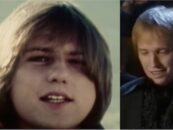
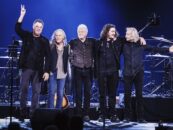



2 Comments so far
Jump into a conversationSo the rock music of the 1970s was “classic rock”? Sorry, but I don’t think so. “Classic” rock would be the music made from the era starting with the Beatles and going through maybe 1969 or 1970. The relatively bland material (by comparison) coming from the reigning groups of that era just doesn’t deserve that appellation.
Love the article Greg, thanks. Now I have another book in my little “pile to read asap”.